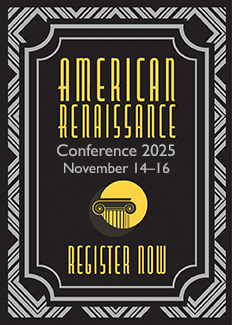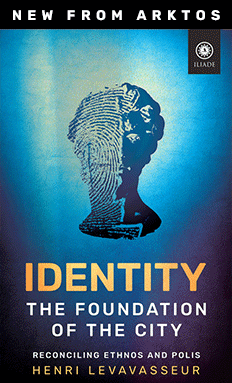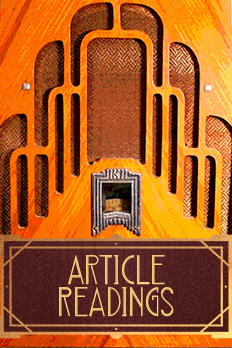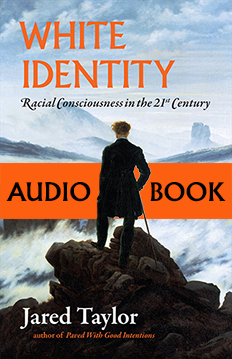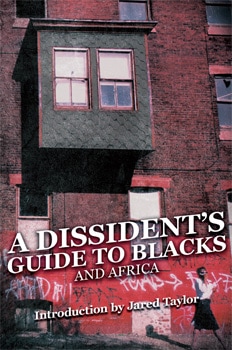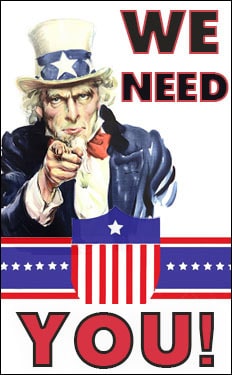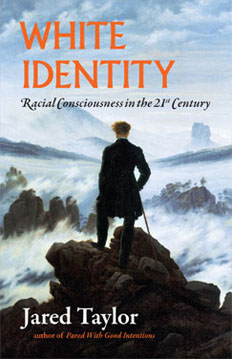Clearance Rate for Nonfatal Shootings Below 10% in Black Neighborhoods in the Second City
Paul Kersey, Unz Review, September 4, 2025
Look, it’s really simple if you just take a peak at the numbers of gun crime, and violent crime in the city of Chicago.
It’s a 33% White city (it was 96% White in 1925), and there’s virtually no White gun crime or violent crime problem in the White community. [BLACK CHICAGOANS 20X LIKELIER TO BE HOMICIDE VICTIMS; ARREST RATE HITS RECORD LOW, Illinois Policy, May 30, 2024]:
Black Chicagoans are 20 times more likely to be murdered than white residents, with the expectation of an arrest for the crime hitting a record low.
Hispanic Chicagoans were nearly 5 times more likely to be a homicide victim than their white counterparts. The stats were for the 12 months through April.
The arrest rate for these felonies hit a record low. Only 1-in-4 homicides resulted in an arrest between May 2023 and April 2024, compared to the same period in previous years.
In contrast, Chicago police made an arrest in 39% of homicide cases between May 2022 and April 2023. The number of arrests fell from 278 during that time to 148 through April of this year.
Chicago’s decade-long, nation-leading homicide crisis saw some relief during the past 12 months. Total cases dropped from 713 to 603, but Black Chicagoans were the victims in 77% of those cases where the victims’ race was known.
While Black Chicagoans were homicide victims 20 times more often than white residents, Hispanic Chicagoans were 4.7 times more likely to be homicide victims. Hispanic residents were 18% of homicide victims from May 2023 through April 2024.
Chicago’s Englewood neighborhood on the South Side led the city in homicides during the past 12 months, reporting 51 homicides and just eight arrests since May 2023. West Garfield Park on the city’s West Side experienced the second-most homicides at 49 and 13 arrests.
In total, 9 out of every 10 homicides reported during the past 12 months occurred on the city’s South Side and West Side. In contrast, 24 of Chicago’s 94 neighborhoods experienced no homicides during that time, with the majority on the city’s North Side.
Among the victims, 109 Chicagoans were under age 20. They represented 18.4% of all homicide victims. Overall, 45.7% of homicide victims with known age and race data were under 30.
When you hear people casually refer to the horrendous crime problem in Chicago and the gun violence, they speak in an overwhelmingly coded manner, because it’s simply a violent crime problem because of the black population.
That’s it.
Breath.
You can say it. You can admit it. The numbers and data collected by the Chicago Police Department tell this story clearly and concisely, if elected public officials excuse it all away as a lack of resources and programs for the vaunted “community.”
Well, let’s learn a thing or two about the “community” and social capital created by individual black people collectively in The Second City. [Clearance rate for shootings below 10 percent in Black neighborhoods, Chicago Crusader, April 7, 2025]:
Shooters, who have fired almost 11,000 gunshots in 30 Black Chicago neighborhoods since 2018, have rarely been arrested, according to a report that examined clearance rates statistics in non-fatal shootings recorded by the Chicago Police Department.
The report, published in the Chicago Sun-Times, said the overall clearance rate for shootings in Chicago is 6 percent. The report said last year alone, there were about 2,300 non-fatal shootings, but only 141 people in those cases were arrested.
The report said more than 19,000 people were wounded in shootings in Chicago since 2018. The Chicago Police Department has made arrests in 1,200 of those cases.
According to data in the report, the majority of those shootings occurred in Chicago’s 30 Black neighborhoods on the South and West Sides, where there have been 10,758 shootings since 2018. Only 663 people have been arrested, which is a 6.2 percent clearance rate.
Overall, 17 neighborhoods had clearance rates lower than the city average of 6 percent, according to figures in the report.
They include Ashburn, Auburn Gresham, Avalon Park, Douglas, East Garfield Park, Englewood, Grand Boulevard, Hyde Park, New City, Morgan Park, Pullman, South Lawndale, South Chicago, Roseland, South Chicago, South Shore and West Pullman.
The lowest clearance rate among that group is in Pullman, where no one has been arrested, though 64 shootings have occurred in the far south side neighborhood since 2018, according to the report.
The National Guard. being sent by President Trump cannot fix this problem. Peacefully removing the population residing in these communities to Haiti or Liberia is a far cheaper and humane solution, with Midway and O’Hare International Airport viable options for denaturalized Africans in America making these large portions of Chicago inhabitable for productive families and veritable war zones to be transported out of the United States of America.
The city of Chicago is a jewel and the continued toleration of a problematic population no amount of money can address is an untenable solution, when the black community willingly protects the criminal members of their population from the consequences of their lawlessness. Property values are driving down and the quality of life for all the people of Chicago suffer, with businesses forced to relocate and outside investment derailed by the palpable fear of criminal activity from a community where more than 9 of 10 nonfatal shootings go without a suspect (not to mention homicides having a clearance of 25 percent).
Remigration and Denaturalization (RaD) is the moderate solution to Chicago’s problems, a panacea to a problem the National Guard can’t fix.





